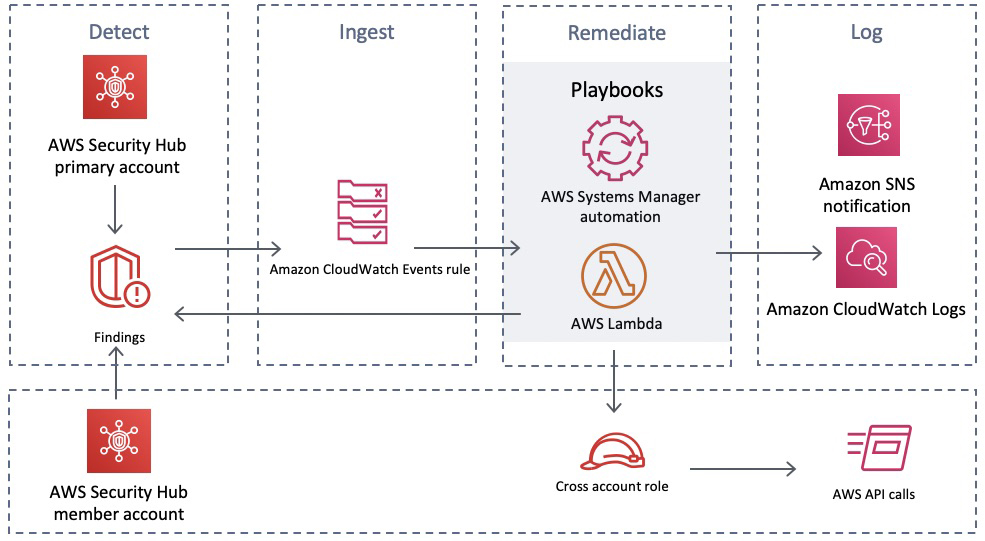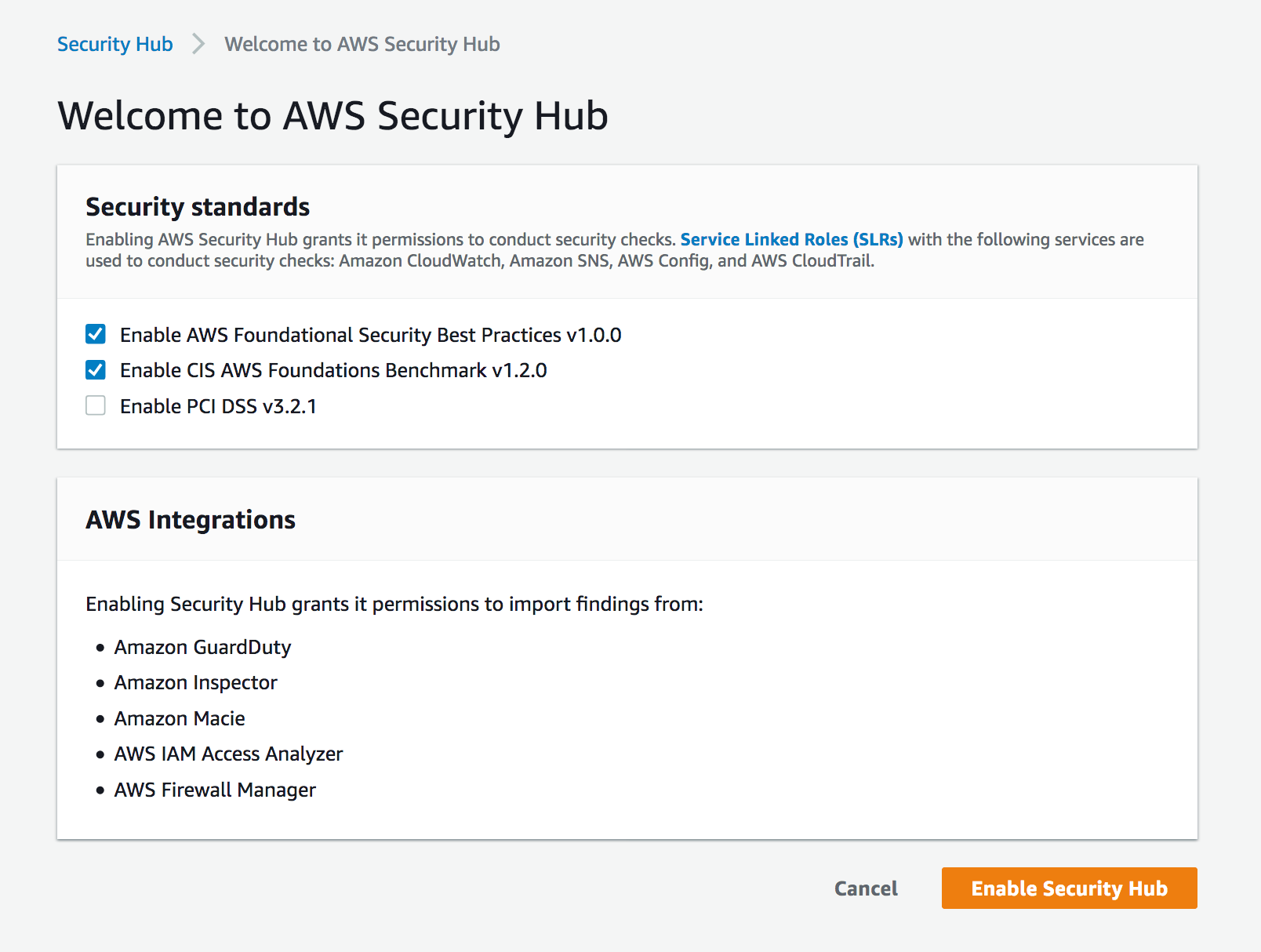Post Syndicated from Ramesh Venkataraman original https://aws.amazon.com/blogs/security/how-to-set-up-a-two-way-integration-between-aws-security-hub-and-jira-service-management/
If you use both AWS Security Hub and Jira Service Management, you can use the new AWS Service Management Connector for Jira Service Management to create an automated, bidirectional integration between these two products that keeps your Security Hub findings and Jira issues in sync. In this blog post, I’ll show you how to set up this integration.
As a Jira administrator, you’ll then be able to create Jira issues from Security Hub findings automatically, and when you update those issues in Jira, the changes are automatically replicated back into the original Security Hub findings. For example, if you resolve an issue in Jira, the workflow status of the finding in Security Hub will also be resolved. This way, Security Hub always has up-to-date status about your security posture.
Watch a demonstration of the integration.
Prerequisites
To complete this walkthrough, you’ll need a Jira instance with the connector configured. For more information on how to set this up, see AWS Service Management Connector for Jira Service Management in the AWS Service Catalog Administrator Guide. At the moment, this connector can be used with Atlassian Data Center.
On the AWS side, you need Security Hub enabled in your AWS account. For more information, see Enabling Security Hub manually.
This walkthrough uses an AWS CloudFormation template to create the necessary AWS resources for this integration. In this template, I use the AWS Region us-east-1, but you can use any of the supported Regions for Security Hub.
Deploy the solution
In this solution, you will first deploy an AWS CloudFormation stack that sets up the necessary AWS resources that are needed to set up the integration in Jira.
To download and run the CloudFormation template
- Download the sample template for this walkthrough.
- In the AWS CloudFormation console, choose Create stack, choose With new resources (standard), and then select Template is ready.
- For Specify template, choose Upload a template file and select the template that you downloaded in step 1.
To create the CloudFormation stack
- In the CloudFormation console, choose Specify stack details, and enter a Stack name (in the example, I named mine SecurityHub-Jira-Integration).
- Keep the other default values as shown in Figure 1, and then choose Next.

Figure 1: Creating a CloudFormation stack
- On the Configure stack options page, choose Next.
- On the Review page, select the check box I acknowledge that AWS CloudFormation might create IAM resources with custom names. (Optional) If you would like more information about this acknowledgement, choose Learn more.
- Choose Create stack.

Figure 2: Acknowledge creation of IAM resources
- After the CloudFormation stack status is CREATE_COMPLETE, you can see the list of resources that are created, as shown in Figure 3.

Figure 3: Resources created from the CloudFormation template
Next, you’ll integrate Jira with Security Hub.
To integrate Jira with Security Hub
- In the Jira dashboard, choose the gear icon to open the JIRA ADMINISTRATION menu, and then choose Manage apps.

Figure 4: Jira Manage apps
- On the Administration screen, under AWS SERVICE MANAGEMENT CONNECTOR in the left navigation menu, choose AWS accounts.

Figure 5: Choose AWS accounts
- Choose Connect new account to open a page where you can configure Jira to access an AWS account.

Figure 6: Connect new account
- Enter values for the account alias and user credentials. For the account alias, I’ve named my account SHJiraIntegrationAccount. In the SecurityHub-Jira-Integration CloudFormation stack that you created previously, see the Outputs section to get the values for SCSyncUserAccessKey, SCSyncUserSecretAccessKey, SCEndUserAccessKey, and SCEndUserSecretAccessKey, as shown in Figure 7.

Figure 7: CloudFormation Outputs details
Important: Because this is an example walkthrough, I show the access key and secret key generated as CloudFormation outputs. However, if you’re using the AWS Service Management Connector for Jira in a production workload, see How do I create an AWS access key? to understand the connectivity and to create the access key and secret key for users. Visit that link to create an IAM user and access key. For the permissions that are required for the IAM user, you can review the permissions and policies outlined in the template.
- In Jira, on the Connect new account page, enter all the values from the CloudFormation Outputs that you saw in step 4, and choose the Region you used to launch your CloudFormation resources. I chose the Region US East (N.Virginia)/us-east-1.
- Choose Connect, and you should see a success message for the test connection. You can also choose Test connectivity after connecting the account, as shown in figure 8.

Figure 8: Test connectivity
The connector is preconfigured to automatically create Jira incidents for Security Hub findings. The findings will have the same information in both the AWS Security Hub console and the Jira console.
Test the integration
Finally, you can test the integration between Security Hub and Jira Service Management.
To test the integration
- For this walkthrough, I’ve created a new project from the Projects console in Jira. If you have an existing project, you can link the AWS account to the project.
- In the left navigation menu, under AWS SERVICE MANAGEMENT CONNECTOR, choose Connector settings.
- On the AWS Service Management Connector settings page, under Projects enabled for Connector, choose Add Jira project, and select the project you want to connect to the AWS account.

Figure 9: Add the Jira project
- On the same page, under OpsCenter Configuration, choose the project to associate with the AWS accounts. Under Security Hub Configuration, associate the Jira project with the AWS account. Choose Save after you’ve configured the project.
- On the AWS accounts page, choose Sync now.

Figure 10: Sync now
- In the top pane, under Issues, choose Search for issues.
- Choose the project that you added in step 3. You will see a screen like the one shown in Figure 11.
To further filter just the Security Hub findings, you can also choose AWS Security Hub Finding under Type.

Figure 11: A Security Hub finding in the Jira console
- You can review the same finding from Security Hub in the AWS console, as shown in Figure 12, to verify that it’s the same as the finding you saw in step 7.

Figure 12: A Security Hub finding in the AWS console
- On the Jira page for the Security Hub finding (the same page discussed in step 7), you can update the workflow status to Notified, after which the issue status changes to NOTIFIED, as shown in Figure 13.

Figure 13: Update the finding status to NOTIFIED
You can navigate to the AWS Security Hub console and look at the finding’s workflow, as shown in Figure 14. The workflow should say NOTIFIED, as you updated it in the Jira console.

Figure 14: The Security Hub finding workflow updated to NOTIFIED
- You can now fix the issue from the Security Hub console. When you resolve the finding from Security Hub, it will also show up as resolved in the Jira console.
- (Optional) In the AWS Service Management Connector in the Jira console, you can configure several settings, such as Sync Interval, SQS Queue Name, and Number of messages to pull from SQS, as shown in Figure 15. You can also synchronize Security Hub findings according to their Severity value.

Figure 15: Jira settings for Security Hub
Conclusion
In this blog post, I showed you how to set up the new two-way integration of AWS Security Hub and Jira by using the AWS Service Management Connector for Jira Service Management. To learn more about Jira’s integration with Security Hub, watch the video AWS Security Hub – Bidirectional integration with Jira Service Management Center, and see AWS Service Management Connector for Jira Service Management in the AWS Service Catalog Administrator Guide. To download the free AWS Service Management Connector for Jira, see the Atlassian Marketplace. If you have additional questions, you can post them to the AWS Security Hub forum.
If you have feedback about this post, submit comments in the Comments section below.
Want more AWS Security how-to content, news, and feature announcements? Follow us on Twitter.






























